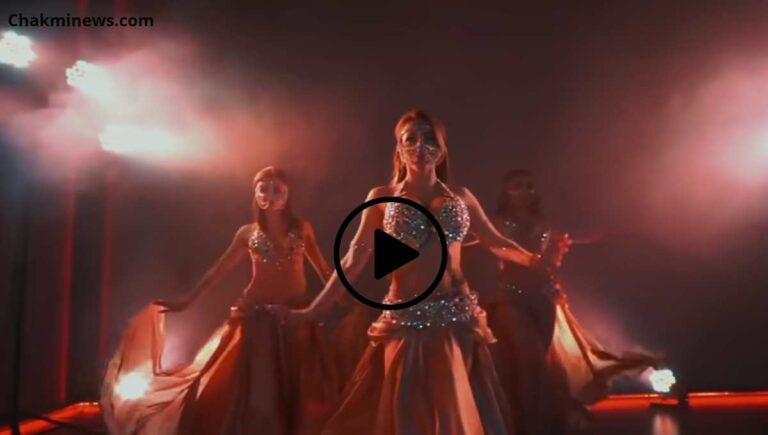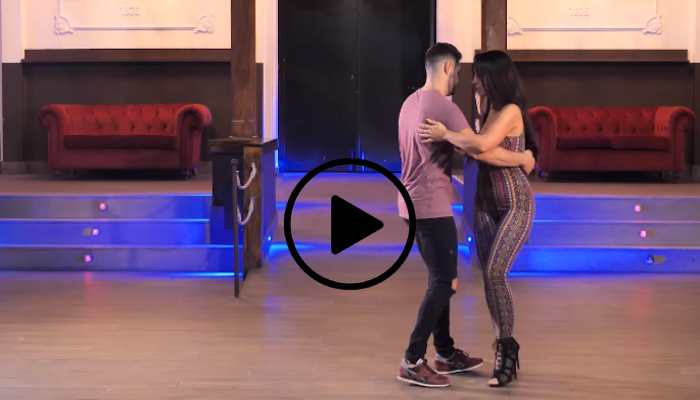What is Kiz Tango?
Hey there! So, you’ve probably heard about Kizomba, that smooth partner dance born in Angola. But have you ever wondered about Kiz Tango? Let’s take a closer look at this intriguing fusion that brings together the essence of Kizomba and Tango. Check out the video featuring Pen Pedrosa, the creator of Kiz Tango, to see this blend in action!
So, what’s the deal with Kiz Tango? Essentially, it’s a fusion of Kizomba and Tango. At first glance, Tango might seem like an odd match for Kizomba because of its open embrace and expansive use of floor space, contrasting the traditional close-knit style of Kizomba. However, if you dig a little deeper, you’ll discover that these two dance forms share surprising similarities.
Connecting as a Duo
In both Kizomba and Tango, a strong lead-and-follow dynamic is key, aiming for a deep emotional connection between partners. Tango leans towards a more reserved or ‘conservative’ style, while Kizomba embraces a freer and even provocative approach.
The Beautiful Blend
When you mix all these elements, the fusion of Kizomba and Tango, forming Kiz Tango, starts to make a lot more sense. Their different steps and movements complement each other while preserving the core spirit of each dance form, based on emotional connection and expression.
The beautiful harmony of Kiz Tango brings together diverse movement styles, respecting the values of each dance. It creates a unique and captivating union where the heart of Kizomba and Tango beats in perfect rhythm. Cheers to embracing this vibrant dance fusion!
Read Also – What Are the Fundamental Components of a Belly Dance Costume?
Origins
Both Kizomba and Tango have their roots in Africa. While Kizomba emerged in Angola, Tango originated in Rio de la Plata, a region bordering Argentina and Uruguay, mainly inhabited by African descendants. Despite the Spanish-Cuban and Argentine influences, Tango retains elements reflecting the ancestry of its initial dancers.
Musical Vibes
Kizomba and Tango dance to different beats, but they both carry a similar emotive essence. The key to mastering these dances lies in musicality and expressing the emotion of the music through movement. Both dance styles heavily rely on interpretation, where a dancer’s take on the music significantly influences how the dance looks and feels.
Read Also – What Makes Bachata Dance So Unique and Special?

Pulkeet Gupta is a dedicated content writer specializing in the field of education and entertainment niche. With a passion for learning and a keen interest in sharing knowledge, Pulkeet has established himself as a prominent figure in the education and entertainment writing community.






